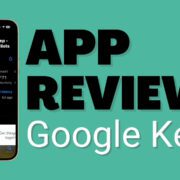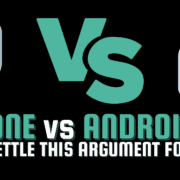Android Chrome OS Merger: One OS to Rule Your Screens

Android Chrome OS Merger: A Unified Platform for the Future
Big changes are coming to your devices, and no, it’s not another messaging app from Google (we all know how that story goes). This time, the tech giant is working on something far more impactful: a merger between Android and Chrome OS.
Google is finally blending its two operating systems into one unified platform. The goal? A seamless experience across phones, tablets, laptops, and beyond. Here’s what you need to know—and why the Android Chrome OS merger might actually be awesome.
Why the Android Chrome OS Merger Matters
If you’ve ever wondered why Android apps run on Chromebooks but not always perfectly, you’re not alone. This merger is about removing that friction. Google exec Sameer Samat recently confirmed the company’s plan to consolidate the platforms, streamline development, and better support AI features across devices.
It also means fewer headaches for developers juggling multiple codebases and more cohesive experiences for users switching between Android and Chrome OS devices.
What Users Can Expect
Good news: this isn’t the end of your Chromebook. If anything, it’s a fresh start. Expect better performance, a consistent design language, and tighter integration with Android phones.
App compatibility should also improve, making it easier for your favorite Android apps to feel native on Chromebooks. Think Instagram without weird scaling issues and productivity apps that actually work the way you expect them to.
Under the Hood: How the Merger Works
Now let’s geek out for a moment. Android 16 is set to introduce desktop-style features, making it more adaptable for larger screens. Add in shared Bluetooth stacks and unified kernels, and you’ve got the framework of a true cross-device OS.
No more patchwork solutions. Just one sleek, flexible system to power your Pixel and Chromebook.
This shift is a game-changer for developers. Instead of building separate apps or dealing with unpredictable Chrome OS behavior, they’ll be able to work from a single, consistent framework. That’s a win.
And we can’t forget AI. With this merger, Google can better integrate its Gemini AI models across all devices. Imagine smart suggestions and adaptive interfaces that actually feel intelligent—because they are.
Looking Ahead: When to Expect the Android Chrome OS Merger
While Google hasn’t confirmed an official launch date, Android 16 is a strong indicator that 2025 is the target year. Expect a gradual rollout, with Chrome OS slowly evolving until one day it simply is Android.
In the meantime, keep your devices updated and your expectations cautiously optimistic.
The Android Chrome OS merger might sound like just another behind-the-scenes shuffle, but it’s a big deal. It promises better performance, easier development, and smarter features for everyone.
Sure, there’ll be bumps along the way. But if Google sticks the landing, we might finally get a platform that does it all—without needing four versions of the same app.
Now if they could just unify their messaging apps…









Leave a Reply
Want to join the discussion?Feel free to contribute!